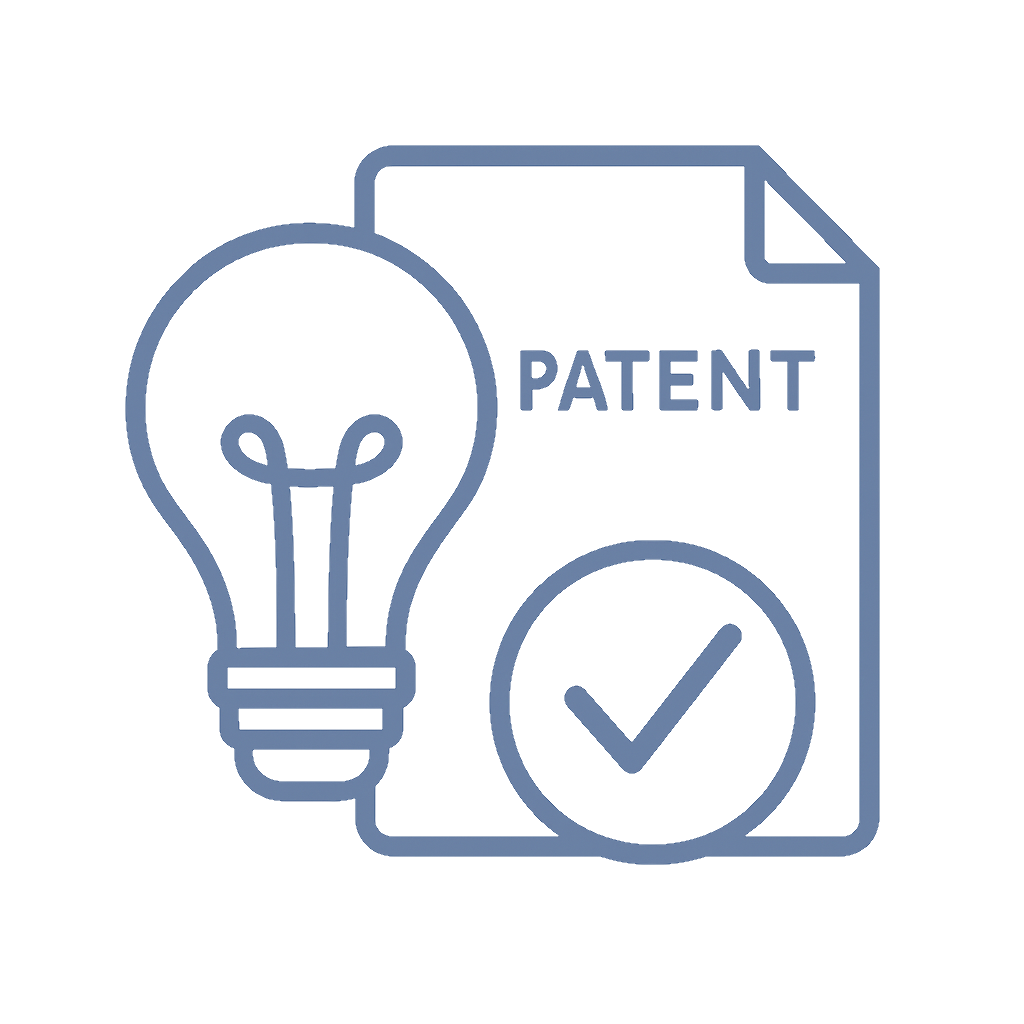Quick Overview
Trademark oppositions at the USPTO are essentially mini-lawsuits. They allow parties to challenge a trademark application during its publication phase, before it becomes a registered trademark. This process, overseen by the Trademark Trial and Appeal Board (TTAB), ensures that trademarks meet legal standards and don’t infringe on existing rights.

Common Questions & Answers
-
What is a trademark opposition?
A trademark opposition is a formal challenge to a trademark application filed with the USPTO during its publication period. It’s essentially a mini-lawsuit where one party claims that the mark in question infringes on their rights or violates legal requirements. -
Who can file a trademark opposition?
Anyone with a legitimate interest, such as prior trademark owners or those with common-law rights, can file. These parties must argue that the mark’s registration would cause harm, such as consumer confusion or dilution. -
How long do you have to file an opposition?
The USPTO allows 30 days from the date the trademark is published in the Official Gazette to file an opposition or request an extension of time. -
What happens during the opposition process?
An opposition begins with a Notice of Opposition and proceeds to a discovery phase where evidence is exchanged, followed by a trial-like proceeding before the TTAB. The Board decides the case based on the presented arguments and evidence. -
Can an opposition be settled?
Yes. Like many lawsuits, oppositions often settle before reaching a final decision. Parties may negotiate coexistence agreements or decide on specific limitations for the contested mark.

Step-by-Step Guide
-
Monitor Trademark Publications.
Keep an eye on the Official Gazette to catch potentially conflicting applications during the publication phase. -
File a Notice of Opposition.
To initiate the opposition (the equivalent of filing a lawsuit), submit a Notice of Opposition to the TTAB within the 30-day deadline. -
Engage in Discovery.
Gather and exchange evidence, including records of trademark use, market research, and expert opinions. This phase can significantly impact the case outcome. -
Participate in TTAB Proceedings.
Present your arguments and evidence during the TTAB’s trial-like process. This can include depositions, witness testimony, and written briefs. -
Seek Resolution or TTAB Decision.
Attempt settlement through negotiation, or await the TTAB’s ruling if no agreement is reached.
Schedule a consultation with Devin Miller to explore strategies for handling this complex process.
Historical Context
Trademark oppositions were formalized under the Lanham Act of 1946, providing businesses with a structured way to resolve disputes without resorting to federal court. The TTAB acts as the courtroom for these "mini-lawsuits," creating a faster and less expensive alternative to full litigation.
In recent years, the digital era has increased the accessibility of trademark filings, leading to a rise in oppositions. Cases like Monster Energy v. Thunder Beast and Patagonia v. Anheuser-Busch highlight how opposition proceedings serve as a battleground for safeguarding brand identity.

Business Competition Examples
-
Apple Inc. vs. Prepear
Apple’s opposition to Prepear’s pear logo illustrates how large companies use these mini-lawsuits to protect their visual branding. The case was resolved through settlement after Prepear modified its logo. -
Monster Energy vs. Thunder Beast Soda
Monster Energy opposed Thunder Beast’s use of the term “beast,” showcasing how opposition proceedings mimic courtroom trials with arguments, evidence, and TTAB rulings. -
Supermac’s vs. McDonald’s
This case, a classic example of an international trademark dispute, played out in both opposition and litigation phases, demonstrating how far these proceedings can escalate.

Discussion
Trademark oppositions are a critical step in maintaining marketplace integrity, effectively serving as mini-lawsuits that protect established trademarks and ensure new applications comply with the law.
For smaller businesses, the formal nature of oppositions can feel daunting. Discovery phases require extensive preparation, and presenting a case before the TTAB is akin to a court trial. Despite this, oppositions provide a vital mechanism for preventing consumer confusion and safeguarding intellectual property.
On the flip side, some companies use oppositions aggressively, filing challenges with little merit to intimidate competitors. This raises ethical questions about the balance between protecting intellectual property and fair competition.

The Debate
For Trademark Oppositions:
These proceedings are an essential legal tool for maintaining brand integrity and preventing costly conflicts after trademarks are registered.
Against Trademark Oppositions:
Critics argue the process can be abused by large companies to intimidate smaller entities, creating unnecessary obstacles to innovation and competition.

Takeaways
- Trademark oppositions are mini-lawsuits handled by the TTAB.
- The process includes evidence gathering, legal arguments, and a decision.
- Oppositions can protect brands but may also deter competition.
- Engaging legal counsel early can simplify navigating this complex process.
- Many oppositions are resolved without reaching the TTAB’s final decision.

Potential Business Hazards
- Overwhelmed by Legal Complexity: Small businesses may struggle with the lawsuit-like nature of oppositions.
- High Costs: While less expensive than federal litigation, oppositions still require significant legal investment.
- Missed Filing Deadlines: Missing the 30-day window eliminates your chance to contest a mark.
- Public Backlash: Aggressive oppositions can harm public perception of your brand.

Myths and Misconceptions
-
“An opposition is just a complaint.”
No—it’s a formal, legal process resembling a trial before the TTAB. -
“Only lawyers can file an opposition.”
While legal expertise is helpful, anyone with standing can file. However, navigating the lawsuit-like proceedings without a lawyer is risky. -
“Oppositions are always hostile.”
Many cases settle amicably through negotiation, avoiding a full trial. -
“Winning an opposition is final.”
A victory doesn’t guarantee exclusivity; other challenges may still arise. -
“Oppositions are prohibitively expensive.”
While they can be costly, they’re far cheaper and faster than federal lawsuits.

Book & Podcast Recommendations
-
“The Trademark Survival Guide” by Matthew Swyers
Explains the opposition process in practical terms, emphasizing its lawsuit-like nature and how to prepare. -
“The Intellectual Property Podcast”
A podcast offering insights on IP disputes, with episodes focusing on TTAB oppositions as mini-lawsuits. -
“Building a Brand That Matters” by David Aaker
A guide to creating defensible brands to minimize the risk of oppositions and conflicts. -
“Counsel Cast” Podcast
Discusses IP legal strategies and provides actionable advice for navigating complex disputes like oppositions.

Legal Cases
-
Patagonia v. Anheuser-Busch
Patagonia argued that Budweiser’s use of its name created brand confusion, highlighting how oppositions mirror full-scale legal disputes. -
Monster Energy v. Thunder Beast
This case demonstrated the discovery process, a cornerstone of opposition proceedings, and its role in swaying TTAB decisions. -
Supermac’s v. McDonald’s
This international battle, involving oppositions and litigation, underlined how brands fiercely protect their trademarks in mini-lawsuits and beyond.

Share Your Expertise
Explore Miller IP’s extensive resources on intellectual property management for startups and small businesses. Visit http://inventiveunicorn.com for expert advice.

Wrap Up
Trademark oppositions are mini-lawsuits that protect brand integrity while ensuring fair competition. Preparing strong evidence, understanding the legal process, and seeking expert guidance are crucial for success.













